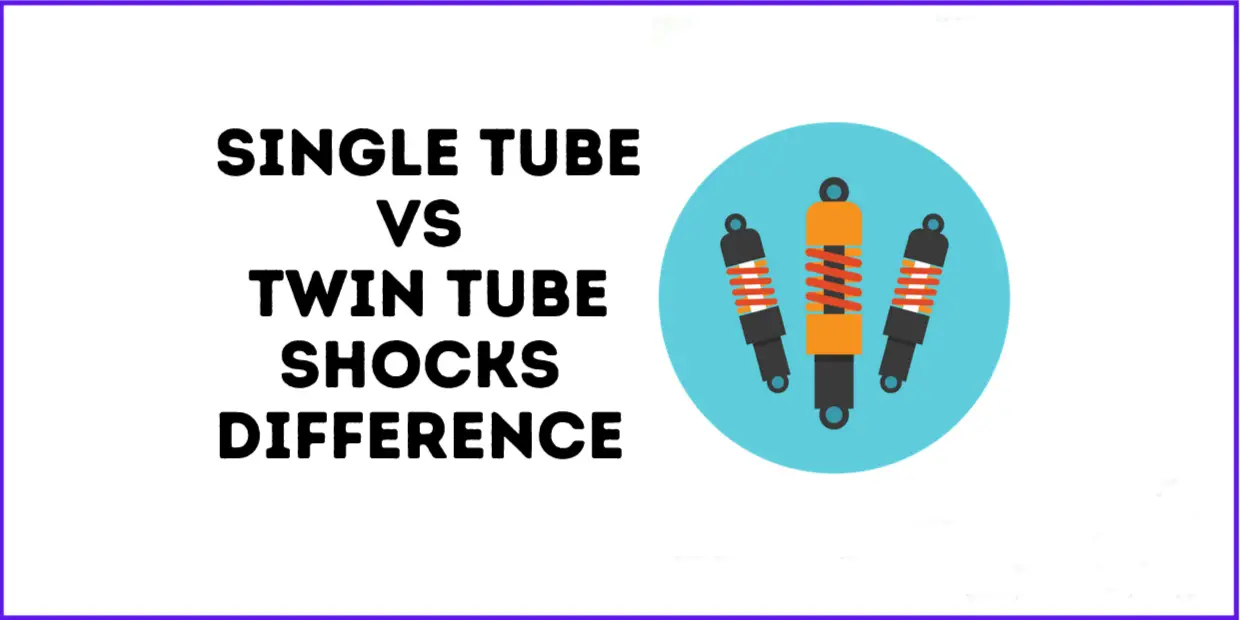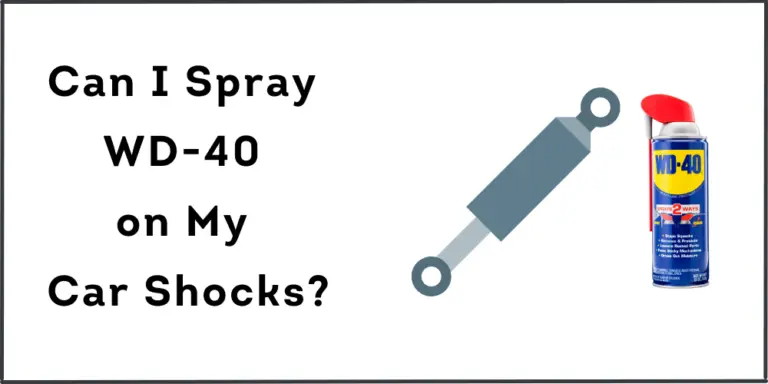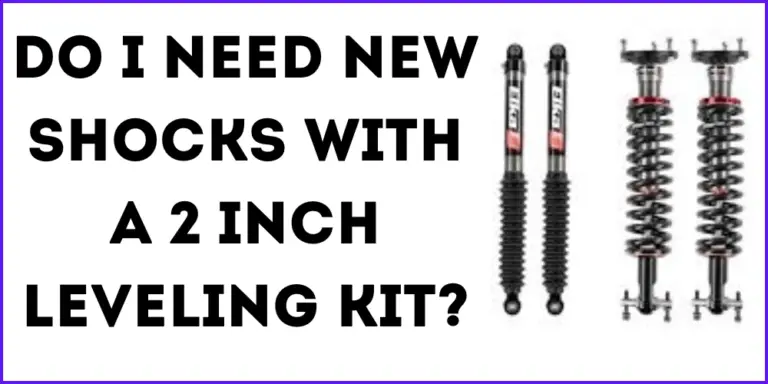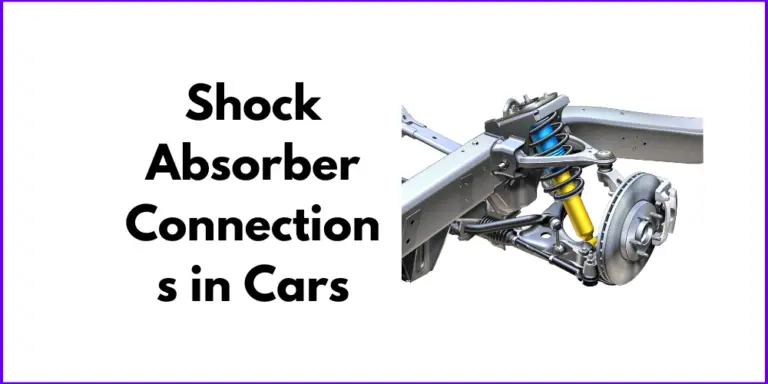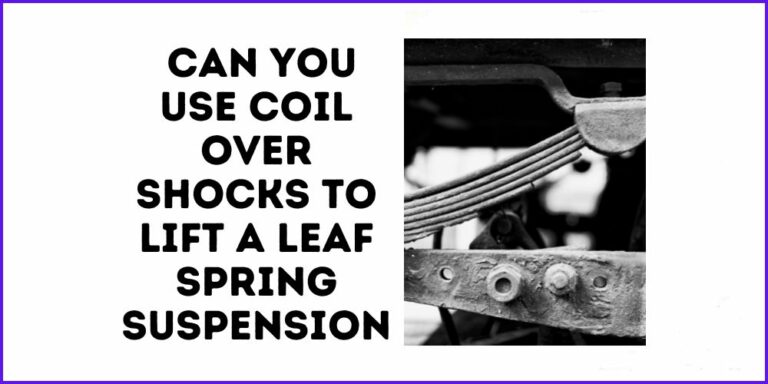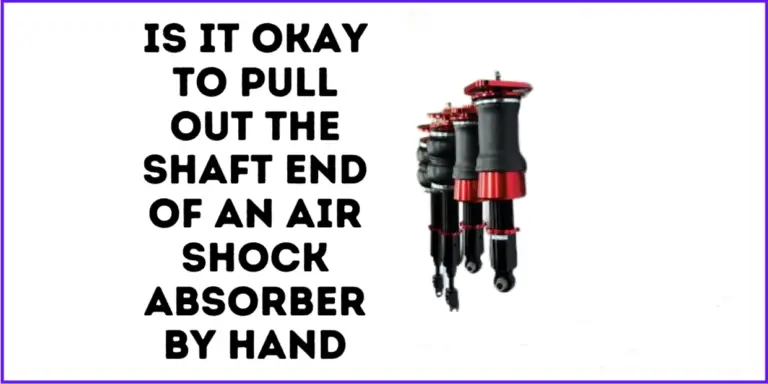Monotube vs Twin-Tube | What Is the Difference Between Single Tube and Twin Tube Shocks?
Shock absorbers play a crucial role in the suspension system of a vehicle. They are responsible for controlling the movement of the wheels and providing a smooth ride by dampening vibrations and impacts from road conditions. When it comes to choosing the right shock absorbers for your vehicle, there are two main types to consider: single tube (monotube) and twin tube.

Both types have their own unique characteristics and advantages, and the best choice for your vehicle will depend on your driving needs and preferences. In this blog post, we will take a look at the differences between monotube and twin tube shocks, and help you understand the pros and cons of each type. We will also provide recommendations for choosing the best shock absorbers for your vehicle based on your driving conditions and preferences.
Monotube Shocks
Monotube shocks are a type of shock absorber that utilizes a single-tube design. They consist of a single tube, within which all the components of the shock absorber are housed. The tube is divided into two chambers, an outer chamber that contains the pressurized gas and an inner chamber that contains the oil. The unique design of monotube shocks provides several benefits in terms of performance and durability.
One of the key characteristics of monotube shocks is the free-floating piston that separates the oil chamber from the gas chamber. This allows for improved heat dissipation, which is crucial for maintaining the stability of the damping force. Additionally, the single-tube design allows for a larger oil capacity, which can improve the overall efficiency of the shock absorber.
Another advantage of monotube shocks is their versatility. The single-tube design allows for zero restrictions on installation angles, making them easy to install in a wide range of vehicles. Additionally, the monotube design has a larger and wider piston valve which allows for a wider area of pressure, thus achieving greater precision in damping force.
| Pros | Cons |
|---|---|
| Improved heat dissipation | Stiffer ride |
| Larger oil capacity | Higher stress on seals and increased friction |
| Zero restrictions on installation angles | Higher cost of manufacturing |
| Greater precision in damping force | The direct impact of external damage on the inner cylinder |
| Improved efficiency at all temperatures | |
| Air is not able to penetrate the oil or gas since they are completely separated. | |
| 100% efficiency through all temps |
Twin Tube Shocks
Twin tube shocks are a type of shock absorber that utilizes a two-cylinder design. They consist of an outer cylinder, also known as the shell case, and an inner cylinder, which contains the piston valve. The inner cylinder is designed to move up and down within the outer cylinder, allowing for the absorption of vibrations and impacts from the road surface.
Unlike monotube shocks, twin tube shocks do not have a barrier between the oil chamber and the gas chamber. This allows for reduced friction and eliminates the direct impact of external damage on the inner cylinder. The twin-tube design also allows for more consistent damping force, even when the oil temperature is high, which is important for maintaining stability while driving.
However, twin-tube shocks are characterized by their two-cylinder design, which allows for reduced friction, and eliminates the direct impact of external damage on the inner cylinder. Additionally, twin tube shocks also allow for more consistent damping force, even when the oil temperature is high, which is important for maintaining stability while driving.
| Pros | Cons |
|---|---|
| Friction can be stopped | Difficulties with installation |
| External damage does not affect the shock absorber | Aeration is possible since the oil and gas chambers are not separated |
| Superior manufacturing process, low cost of production | Small Piston and reduced oil capacity compared to monotube |
| Low gas pressure, more comfortable ride | Low pressure, generally very soft and more prone to heat and limited on damping |
| Reduced stress on seals and minimum friction | Cavitation, fluid and gas mix, exponential performance loss up to 35% |
| Sufficient stroke with less effort | One-Directional Mounting |
Comparison of Monotube and Twin Tube Shocks
When it comes to choosing the right type of shock absorber for your vehicle, it’s important to understand the benefits and drawbacks of each type. Monotube and twin tube shocks are the two most common types of shock absorbers, and each has its own unique set of advantages and disadvantages. In this section, we will compare the benefits and drawbacks of monotube and twin-tube shocks and discuss the factors to consider when choosing between the two.
| Monotube Shocks | Twin Tube Shocks |
|---|---|
| Greater heat dissipation and larger oil capacity | Reduced friction and no direct impact of external damage on the inner cylinder |
| Zero restrictions on installation angles | The superior manufacturing process and low cost of production |
| Improved efficiency at all temperatures | Low gas pressure and a more comfortable ride |
| Greater precision in damping force | Reduced stress on seals and minimum friction |
| Stiffer ride | Difficulties with installation and aeration are possible |
| Higher stress on seals and increased friction | Low pressure, generally very soft and more prone to heat and limited on damping |
| Higher cost of manufacturing | Cavitation, fluid and gas mix, exponential performance loss up to 35% |
| The direct impact of external damage on the inner cylinder | One-Directional Mounting |
When choosing between monotube and twin tube shocks, it’s important to consider the specific needs of your vehicle and your driving style. If you’re looking for improved heat dissipation and greater precision in damping force, monotube shocks may be the right choice for you. However, if you’re looking for reduced friction and a more comfortable ride, twin-tube shocks may be a better option. Additionally, depending on your budget and the availability of repair parts, you should also consider the cost of manufacturing and the cost of replacement parts.
Summary
In conclusion, both monotube and twin tube shocks have their own unique set of benefits and drawbacks. Choosing the right type of shock absorber for your vehicle will depend on the specific needs of your vehicle and your driving style. It’s important to consider the factors such as heat dissipation, precision in damping force, cost, and durability when making your decision.

